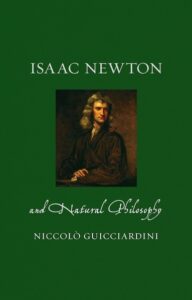 Whilst recently engaged in my morning “Battle of the Bulge” (riding our stationary bicycle in an effort to decrease my girth), I was following Pliny’s advice not to waste such expended time by not learning something and therefore viewing a very informative video posted by the Warburg Institute about Alexander Marr’s recently published book Rubens’s Spirit; From Ingenuity to Genius. Part of the Renaissance Lives series that is published by Reaktion Books and distributed in North America by University of Chicago Press, the Rubens volume is one of twenty-seven volumes that have thus far been published.
Whilst recently engaged in my morning “Battle of the Bulge” (riding our stationary bicycle in an effort to decrease my girth), I was following Pliny’s advice not to waste such expended time by not learning something and therefore viewing a very informative video posted by the Warburg Institute about Alexander Marr’s recently published book Rubens’s Spirit; From Ingenuity to Genius. Part of the Renaissance Lives series that is published by Reaktion Books and distributed in North America by University of Chicago Press, the Rubens volume is one of twenty-seven volumes that have thus far been published.
But what does Peter Paul Rubens have to do with natural history? Other than his proclivity to paint models that would later become the image of his eponymous adjective au naturel, not much. However while the series is primarily populated with books that take up the period’s artists, poets, and philosophers, there are five volumes so far published that will be to the interest of those with an interest in the history of science:
- Tycho Brahe and the Measure of the Heavens by John Robert Christianson
- Paracelsus; An Alchemical Life by Bruce T. Moran
- Isaac Newton and Natural Philosophy by Niccolò Guicciardini
- Blaise Pascal; Miracles and Reason by Mary Ann Caws
- Leonardo da Vinci; Self, Art and Nature by François Quiviger
All of these books are well worth the attention of history of science enthusiasts – and as I’m very much in favor of people being widely as well as well-read, the others are also certainly worth considering. In fact, if you’re curious to learn more about them, The Warburg Institute, mentioned earlier, has an supporting series of video episodes freely available online by which the curious can become introduced to a number of these volumes, including three of the four mentioned above, as well as Petrarch, Botticelli, Bosch, and others.
